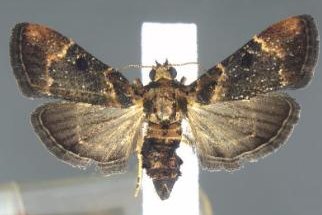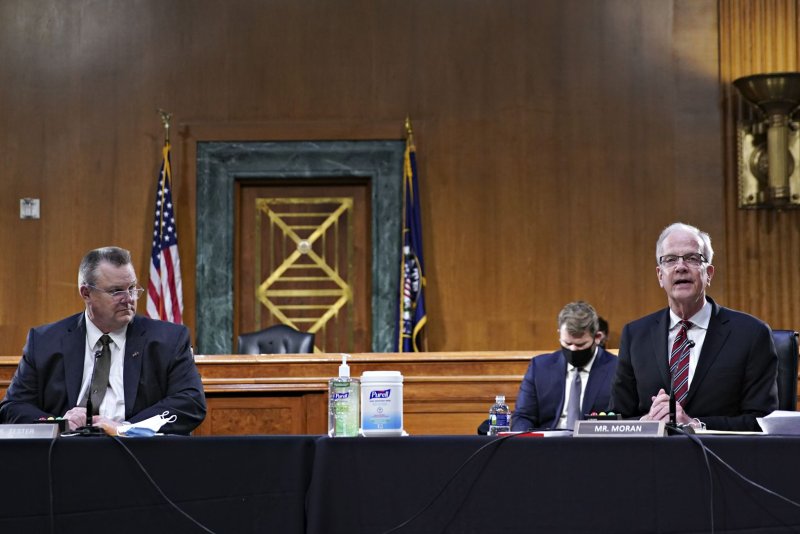
© Provided by The Canadian Press
TORONTO — Experts and advocates anticipate that more Canadians could be at risk of going hungry as inflation continues to outpace many consumers' grocery budgets.
Valerie Tarasuk, a professor of nutritional sciences at University of Toronto, says steepening inflation rates are likely to increase the prevalence and severity of food insecurity in Canada.
Statistics Canada says consumers paid 9.7 per cent more for food at stores in April compared with a year ago, the largest increase since September 1981.
The 2020 Canadian Income Survey found that 11.2 per cent of Canadians lived in households that had experienced moderate and severe food insecurity, and Tarasuk says only a fraction of that population uses food charities.
Canadians feeling the pinch as inflation rate soars to new 31-year high
But a couple of food banks say that soaring food prices has accelerated surging demand for their services during the COVID-19 crisis.
The CEO of Daily Bread Food Bank says the charity saw 160,000 client visits in March, up from 60,000 visits in 2019. Neil Hetherington projects that number will increase to 225,000 visits per month by this time next year.
In the first three months of 2022, the Calgary Food Bank logged a 29 per cent year-over-year increase in demand for its food hampers, said communications co-ordinator Betty Jo Kaiser.
Last month, the organization distributed food support to nearly 9,500 people, 75 per cent of whom were first-time clients, said Kaiser.
This report by The Canadian Press was first published May 19, 2022.
The Canadian Press











